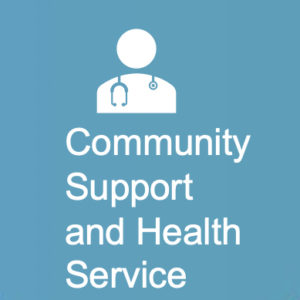Age-Friendly Cities in a Time
of COVID-19
- How might we use the World Health Organization (WHO) evidence-based 8 domains of an age friendly city as a guide to create new approaches to addressing COVID-19?
- How can we empower, learn from, and keep safe and well older adults and persons with disabilities in this new and dynamic reality of an international pandemic?
- High risk groups: communities that suffer from economic and social disparity and poverty, individuals without social networks, who are isolated, or have dementia or are age 65 plus. Communities of color are at particular risk.
There is a significant risk and increase of social isolation. Many older persons live alone, 36% of women and 20% of men age 65 plus live alone and over the age of 80 the percent increases to 57%.

More time spent isolated at home can be counteracted by design that intentionally fosters multigenerational living arrangements and social interaction with neighbors. Examples include: shared housing models; additional dwelling units (ADU’s); multi-unit housing complexes with safe, shared outdoor areas; cohousing communities; shorter front yard setbacks; balconies and front porches.

Non-driving older persons face a new and real danger of infection when taking public transport; also many public transportation routes have reduced service or shut down lines. Safe shuttles or special on demand, door-to-door transport will become vital lifelines.

These are the new safe zones and it’s time to implement car free zones, outdoor dining, bike paths, added tables and chairs, portable toilets, night time lighting, water features, trash cans, walking paths and kiosks for information and entertainment.

Expansion of telehealth is essential and three way calls can involve family members and caregivers; reimbursement policies and HIPAA will need to change.

Given the broad selection of platforms that many families have already adopted (Face Time, Facebook portal, Zoom, Skype, Google Duo, Facebook Messenger etc.) there will be a business opportunity to provide a simplified interface for older persons that can interact with multiple technology platforms.

Now is a critical time to listen to older adults and their caregivers about what their needs may be and the best way to meet them. We cannot assume all older persons are tech savvy or live in an area of Internet access. Communities need to be creative in supporting all generations.

The pandemic has reduced or eliminated the myriad of volunteering activities that traditionally are filled by older volunteers. Many Meals on Wheels volunteers are older persons themselves. Younger adults will need to step in and fill the void; perhaps with virtual or hybrid schooling, there may be time to help.

